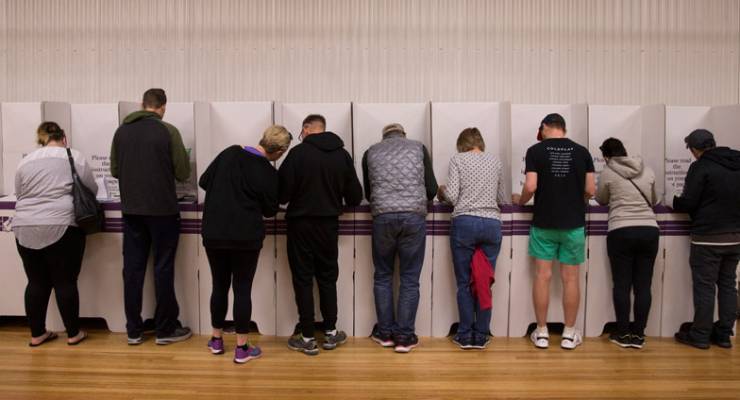
Was the pollsters’ failure to predict the 2019 federal election upset a freak occurrence? Crikey readers didn’t seem to think so — it just spoke to a more persistent problem with modern polling. Elsewhere, readers waded into the failure of infrastructure in the face of population growth.
On the great polling failure
Joe Boswell writes: While it’s certain the results were off in 2019, the close correlation of polls and result in 2016 does not prove the method was good then. Perhaps the polling methods were just as error-prone then as now, but by chance the errors happened to cancel out that year. And in 2019 there may have been much larger errors hidden behind the final net error shown up by the result. Also, on what basis do pollsters apply the magic of weightings to fix the raw data from their polls? That’s the same technique that I learned while studying for my degree in engineering: the number which, when multiplied by your experiment’s result, gives the answer you wanted is known as a “constant”. Silly me, I took that as a joke. But here are the high priests of polling using the same trick. If anything, Keane is understating the problems of verifying the polling methods, and without that polling is no more than a modern form of divination. But it’s useful for those who exploit its output and from that perspective its objective accuracy is irrelevant.
John Hall writes: After the last census debacle I am now very reticent at being fully forthcoming on the “compulsory” polls — particularly on giving out personally identifiable information. Anyone using MyGov would know that the amount of information the government is centralising is creating an Australia Card by default. I am pretty sure that many government bodies have an increasingly better handle on electorate profiles than most of us would be comfortable with and would be the envy of the private pollsters.
On infrastructure
Laurie Patton writes: It’s not about how many of us there are, it’s about how we’re all being crammed into a handful of already overcrowded capital cities. Australia has roughly the same land mass as the United States. Despite accommodating 300-plus million people only a handful of American cities are anywhere near the size of Sydney or Melbourne. Likewise, London is the only one of 200-plus cities in the United Kingdom anywhere near that large. This provides a clue as to how to accommodate more people in a sparsely populated country like Australia.
Send your comments, corrections, clarifications and cock-ups to boss@crikey.com.au. We reserve the right to edit comments for length and clarity. Please include your full name if you would like to be considered for publication.







Crikey is committed to hosting lively discussions. Help us keep the conversation useful, interesting and welcoming. We aim to publish comments quickly in the interest of promoting robust conversation, but we’re a small team and we deploy filters to protect against legal risk. Occasionally your comment may be held up while we review, but we’re working as fast as we can to keep the conversation rolling.
The Crikey comment section is members-only content. Please subscribe to leave a comment.
The Crikey comment section is members-only content. Please login to leave a comment.